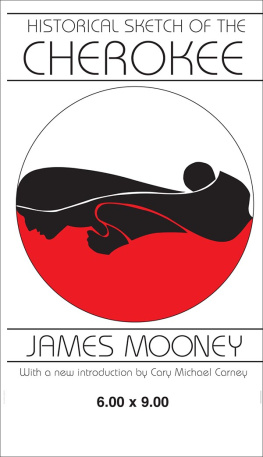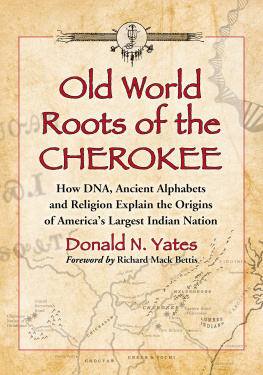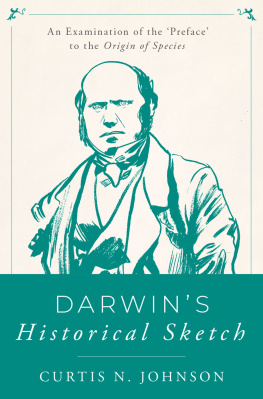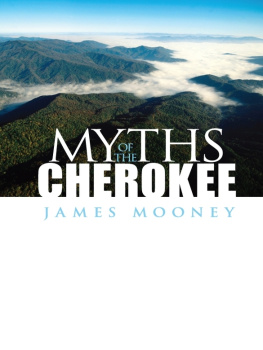It might have come as something of a surprise to James Mooney if he could have known he would be recognized by twenty-first-century scholars as an important, seminal historian of the Cherokee Nation. Certainly he knew he was writing of their history, and quite possibly took a quiet pride in surmising that he had performed admirably in doing so. Yet, he was not a trained, professional historian, and was not published in the usual modern sense of the term.
Mooney (1861-1921) was an ethnologist, largely self-taught, working in the Bureau of American Ethnology. His works were published only in that they were included in the Bureaus annual reports and bulletins, likely the epitome of dusty, obscure, non-accessed government paperwork. The Bureau was created to document and record the history and culture of American Indian tribes. It published approximately 200 Bulletins and Annual Reports from 1879 until it was absorbed by the Department of Anthropology, National Museum of Natural History, Smithsonian Institute, in 1965.
This reorganization resulted in efforts to recapture and make accessible old data, and complete or partial past publications. This book is one such result. The material contained within it was originally the first section of Mooneys Myths of the Cherokee, itself contained within the 19th Annual Report, 1898-1899. Subsequent to the above 1965 reorganization, the material was extended slightly (to modestly update several issues and activities that were current at its original publication, such as the Dawes listings, efforts at tribal abolishment, governmental dealing with individuals rather than tribes, and possible statehood for Indian Territory) and published in book form in 1975 by the Aldine Publishing Company of Chicago.
Mooney very pointedly did not refer to himself as a historian. He clearly saw himself as an ethnologist, and his reports are a product, a result of that position. He did not study or observe the Cherokee from a distance, intellectually or physically. He lived with the Cherokee, learned to speak their language, established personal relationships, and interacted within their society, much in the fashion of later mid-to-late twentieth-century anthropologists. At one point, he clearly spoke as an ethnologist, not a historian, while making an observation that is clearly less balanced or objective, and more obviously Eurocentric than is usually the case for him. He sees the aboriginal period as having closed with removal, the Cherokee having evolved from savage tribe to civilized Christian nation, with a constitution, national press, and own alphabet, hence written language. Concluding, he points (hopefully) to the social, political, legal, economic, and ethnic blending taking place.
Mooney wrote at a time of great transition. The ancient, traditional practices (sacred myths) of tribal prehistory had already been pushed toward nonexistence by the changes encountered with the early explorers, colonial, revolutionary, and removal periods; and the attendant rapidly evolving interaction with the Spanish, French, English, and Americans. Without saying so in so many words, he exhibited a notably modern social scientific approach in that he limited his writing to that portion of the Cherokee history he actually observed, could access by interviews with participants, or could readily recover through secondary sources. The traditional culture was either gone or fading for most when Mooney was living with the Cherokee, and was not available for him to study or observe. What coverage he does give the earlier ways is indirectly developed from conversations with members who were themselves removed by generations, possibly many, from the traditional ways. Consequently, the no-doubt extensive prehistory, the Sacred Myths or oral history, several generations removed, received little treatment.
In this, he differs little from other histories of American Indians. For reasons that may be seen as obvious, most such histories begin with the arrival of Columbus. This is not solely because Europeans thought of American Indian history as beginning with first European contact, but because history is generally considered as that portion of the past for which written records exist. The lack of such written records precludes subsequent treatment of the pre-Columbian period. Relative to this, Mooney makes very brief mention of something called the Walam Olum, an ancient American Indian hieroglyphic record supposedly discovered in 1820. It was reportedly a woodcut or tree bark record in pictograph writing of an ancient legend of the Delaware, giving references to relations with and the southward movement of the Cherokee. Unfortunately this artifact was not subjected to serious scholarly scrutiny or preservation, and was apparently lost by the time Mooney wrote of it or them. It is a tantalizing, teasing possibility that at least some tribes did have some writing capacity, and that it apparently was recorded on a medium, wood rather than stone, that did not endure.
The Cherokee, or American Indian in general for that matter, do not and would logically not be expected to make this same Eurocentric distinction between prehistory and history. Nor do modern scholars in general, although the issue of establishing records does persist, limiting sources to archeological artifacts and oral history. In Mooneys case, I think we are justified in inferring that he resisted delving into the prehistory or pre-Columbian history of the Cherokee, not because of a Eurocentric sense of dismissal, but because of his aforementioned tendency to deal with his subject in a way now acceptable to modern social science. He may well have seen the earlier period as interesting and tempting, but it was not accessible to him for rigorous and detailed observation, so he did not include it to any great extent.











